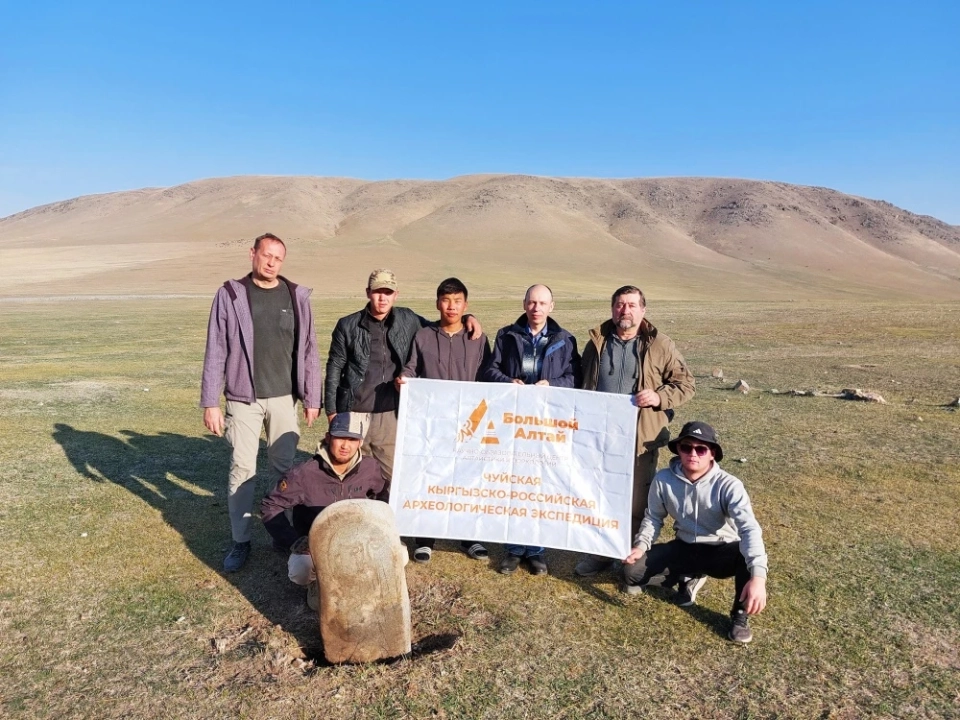
In the Chui region of Kyrgyzstan, archaeologists from Altai State University and the Kyrgyz...
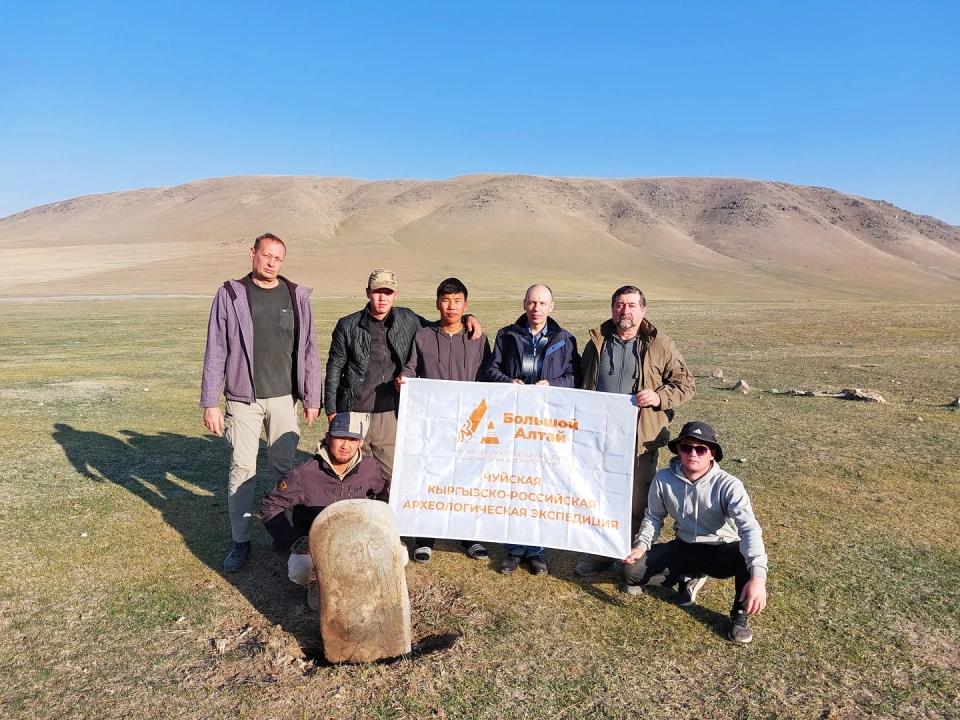
In Kyrgyzstan, archaeologists from the Center for Altaic Studies and Turkology "Great...
On October 25, the Chairman of the Cabinet of Ministers, Adylbek Kasymaliev, participated in a...
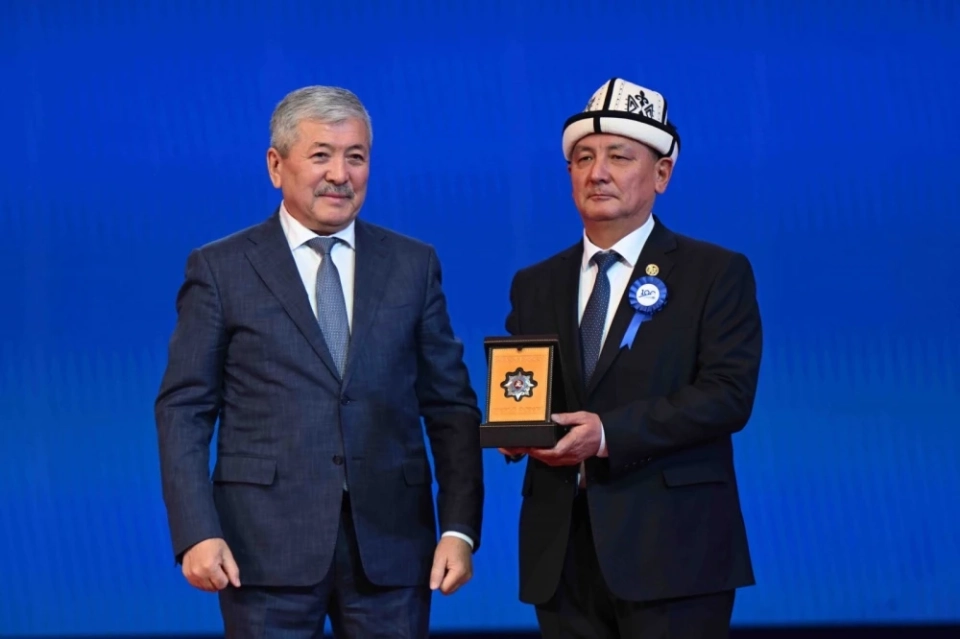
At the ceremonial event dedicated to the 100th anniversary of the Kyrgyz National University named...

FROM THE ORDER OF THE MINISTRY OF CULTURE OF THE USSR ON THE OPENING OF THE TECHNICAL FACULTY AT...
Employees of Osh State University conducted excavations at the Shut pasture, located in the rural...
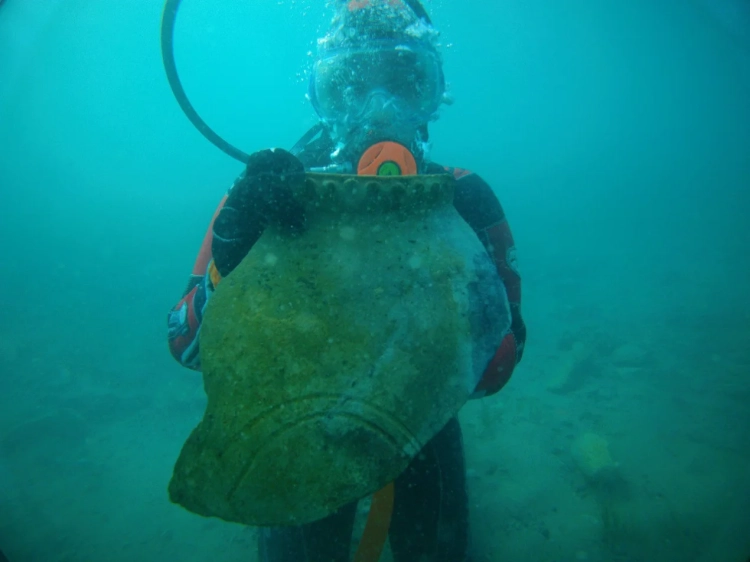
In this area, there used to be a settlement, but a powerful earthquake submerged it underwater, as...

The Kyrgyz National University has turned 100 years old In Bishkek, the centenary of the Kyrgyz...
According to a study published in the journal Nature Ecology & Evolution, an international...
Egemberdi Batyrbekov, a 42-year-old police officer from Talas, is following in the footsteps of his...
The Order of "Manas" III degree was awarded to the Kyrgyz National University named after...

BHU Bishkek Humanities University was established on the basis of the Pedagogical Institute of the...

In the semifinals of toguz korgool among men's teams at the World Nomad Games, taking place...

Ancient Turkic inscription on a stone portrait Among the finds made in recent years, a particular...

Batmanov Igor Alekseevich (1906-1969), Doctor of Philological Sciences (1950), Professor,...

Archaeologists have found the grave of the apostle Matthew at the bottom of Lake Issyk-Kul Diving...
In the Salkyn-Tör State Nature Park, snow leopards, argalis, ibexes, and bears have been captured...
A recent expedition consisting of geologists, ecologists, historians, and archaeologists visited...

How Animals Paved the Great Silk Road “The ‘discoverers’ of the Great Silk Road were animals,” say...

Yesterday, on September 16, archaeologists from the Kyrgyz-Turkish University "Manas"...

Borubaev Altai Asylkanovich (1950), Doctor of Physical and Mathematical Sciences (1991), Professor...
Marlen Aibekovich Aibekov now heads the apparatus of the city hall of Kara-Balta. According to...
The Osh State University will establish an Association of Scientists, Engineers, and Entrepreneurs...
In the Sokuluk district, a ceremonial opening of the renovated laboratory and livestock facilities...

Heads of educational institutions agreed on the implementation of a dual diploma project under the...
In the Batken region, in the Kadamjai area, a girl who went missing has been found, reports the...
On October 26, the body of a patient from the psycho-neurological social hospital, who had been...
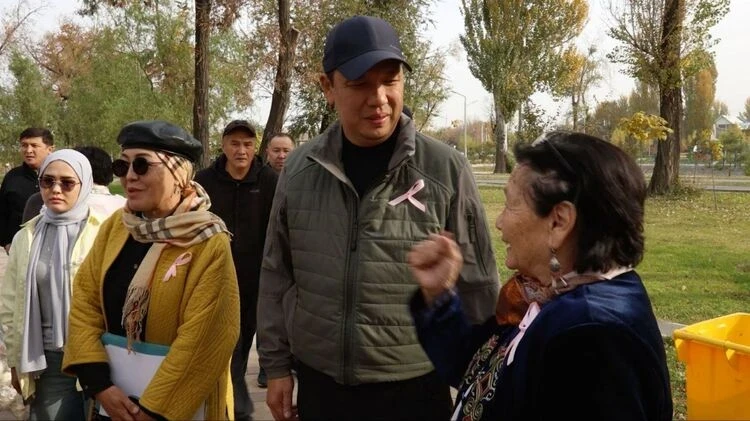
Photo from the archive of Almagul Ibraeva In the capital of Kyrgyzstan, in Botaliyev Park, a...
A report on the 11th season of archaeological excavations conducted at the settlement...

On October 9, 2014, at 15:00, a presentation of the textbook "Kyrgyz for Beginners" will...

Productive Work of Yu.A. Zadneprovsky and E.V. Druzhinina The city of Osh is undoubtedly the...

On November 25, at 9:30 AM, the international conference "Modern Media: Challenges and...

NEW ASPECTS IN THE CULTURE OF EARLY NOMADS OF THE TIEN SHAN On the territory of Inner Tien Shan,...

Toktomyshev Sovetbek Zhaylobayevich Doctor of Technical Sciences, Professor, Academician of the...

Vasily Vasilievich RADLOV (January 5, 1837 — May 12, 1918) represents a new peak in Russian...
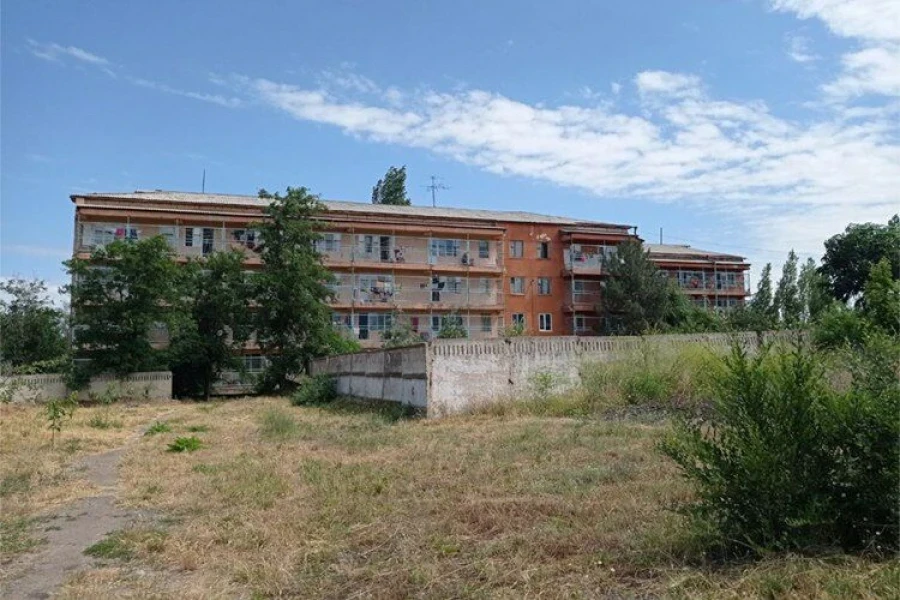
The woman was found in a ditch three kilometers from the hospital The body of Natalia Gennadyevna...
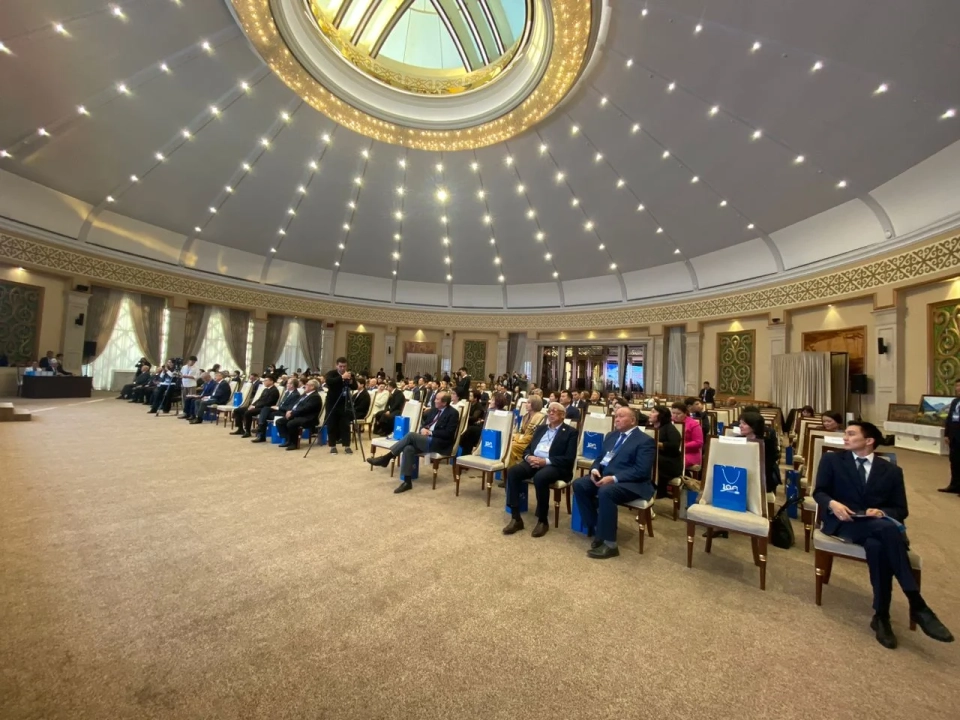
An international forum titled "National University - Support of the Nation" has started...

This year marks the conclusion of the cooperation project between Japan and Kyrgyzstan for the...
The II International Forum of Youth of the Turkic World was held at the Kyrgyz National University,...
The Minister of Science, Higher Education and Innovation Bakhtiyar Orozov announced plans to...

Expeditions 1937-1940 at the Burana Settlement The difficulties of the recovery period in the...
Takhir Tashirov, a resident of the village of Iskra in the Chuy region, demands that law...
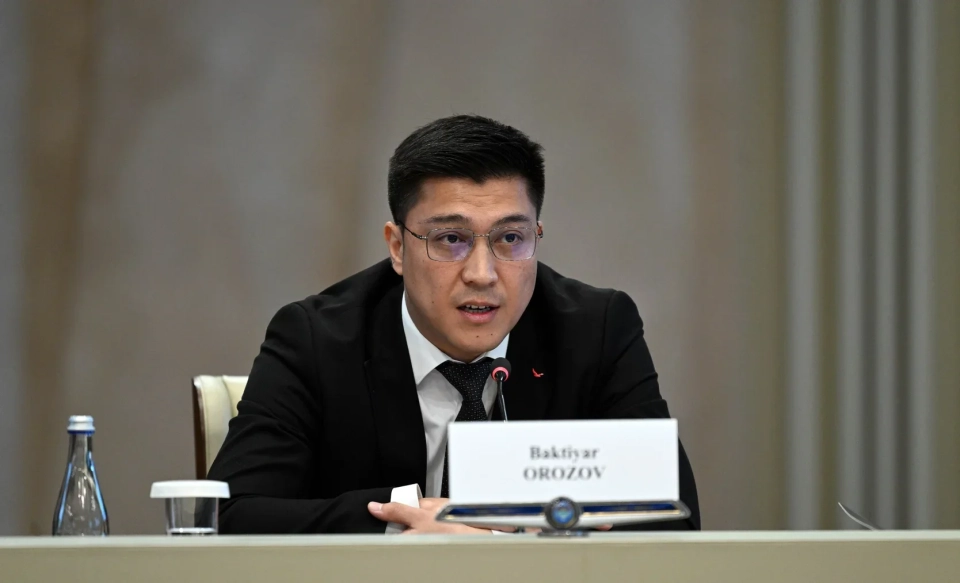
An important milestone in the history of the Kyrgyz National University, marking its 100th...
An anonymous social media user made a serious statement that in the spring of this year, she became...

Types of Tourism in Kyrgyzstan Based on the diverse tourism resources available in Kyrgyzstan, the...